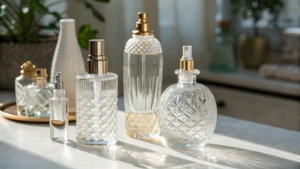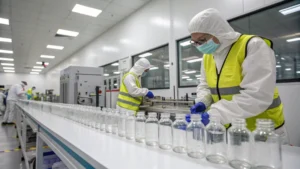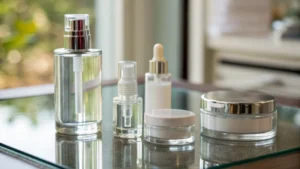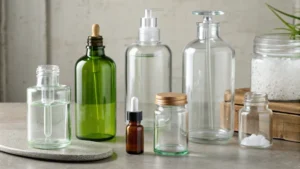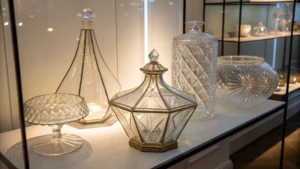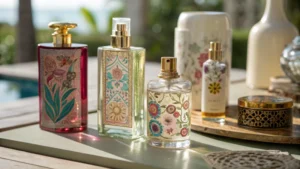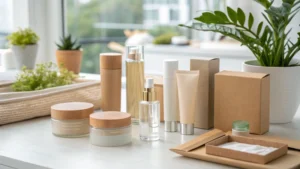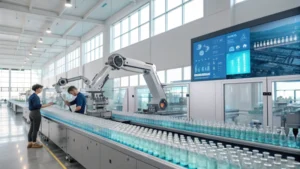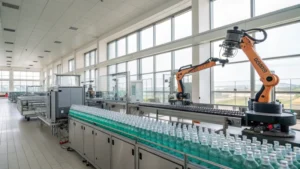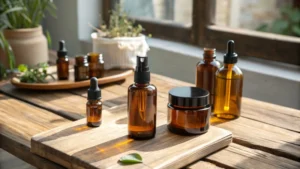
How does the color of glass affect the stability of fragrance and skincare ingredients?
The color of glass plays a crucial role in preserving the stability of fragrance and skincare products. Amber and dark-colored glass effectively block harmful UV rays, protecting sensitive ingredients like Vitamin C and essential oils from degradation. This not only prolongs product longevity but also enhances brand perception, signaling luxury and sophistication to consumers. Clear glass offers minimal protection, leading to potential loss of efficacy over time. Understanding the implications of glass color can guide businesses in making informed packaging choices that ensure product integrity while appealing to market demands for premium quality. Additionally, compliance with regulatory standards is essential for maintaining brand reputation in competitive markets.

